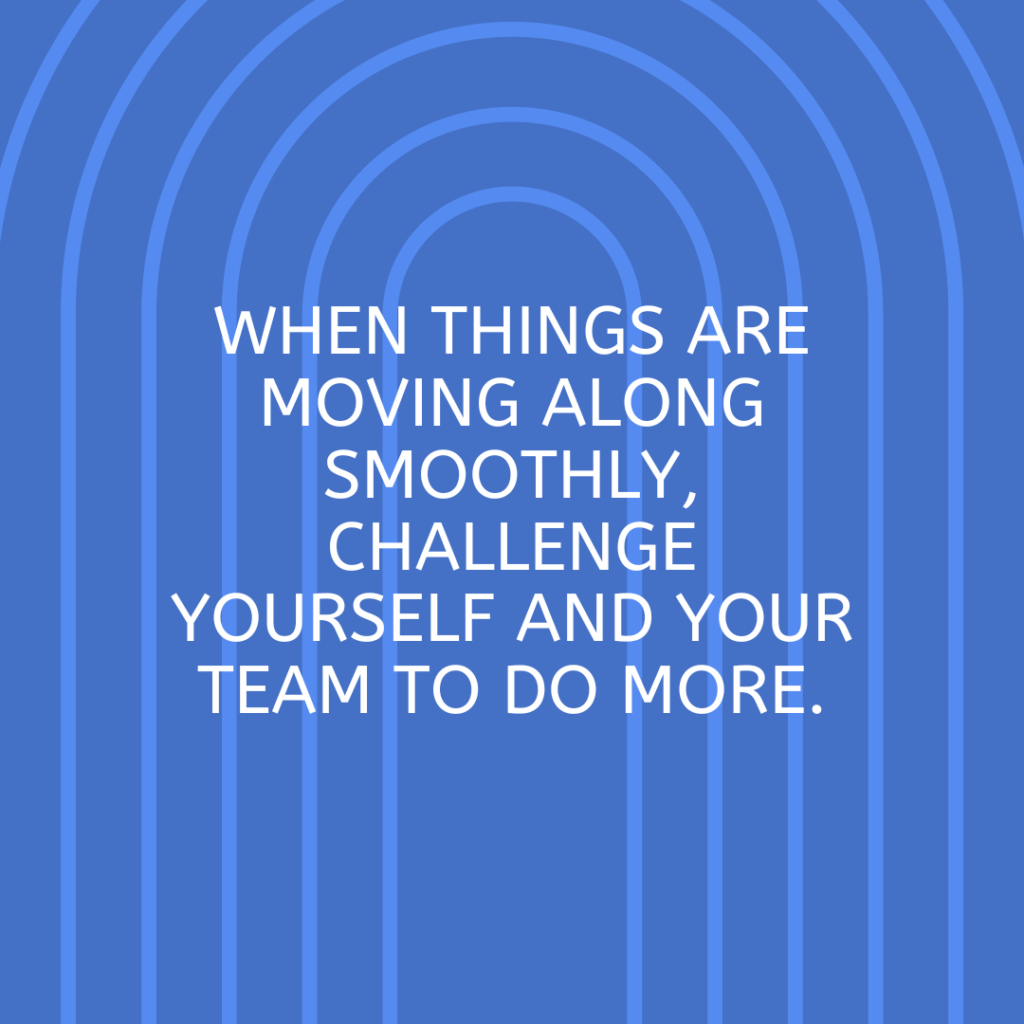Government procurement agents can play a huge role in supporting underrepresented groups by increasing supplier diversity. Since they’re the people looking for bids and making final decisions, a conscious effort to increase supplier diversity can help government agencies reach their inclusion goals. Whether you already have a strategy to increase supplier diversity or this is the first time you’re reading about it, the best way to move the needle forward is with a robust Supplier Diversity Program.
What’s a Supplier Diversity Program?
This is simply the strategy that guides your organization to reach its goal. You’ll want to establish a baseline and find out your current supplier diversity percentage and then plan from there. Create a timeline for incremental increases so that the goals are achievable. For example, in the first quarter of your program set a goal that 5 percent of your projects go to organizations run by underrepresented groups, then increase it by 5 percentage points every quarter so that you’re at 20 percent within the year. Be sure to lay out specific steps that your department or organization can take to reach these goals.

If you already have a Supplier Diversity Program, you’re one step ahead! Have regular reviews to track progress. If your organization is falling short of its goals, take action and adjust the strategy. When things are moving along smoothly, challenge yourself and your team to do more.
How do you know if a supplier is diverse?
A general rule is that if the company is 51 percent owned and operated by a member(s) of an underrepresented group, then they would be considered diverse. There are several certification programs and organizations that can help you identify diverse suppliers, and you could ask for these certifications on your upcoming RFPs. You could also reach out to these organizations to help you better understand supplier diversity certifications. Here are a few you may want to check out:
8(A) Business Development (BD) Program is offered through the U.S. Small Business Administration (SBA) and aids companies owned and controlled by socially or economically disadvantaged individuals.
Women-Owned Small Business (WOSB) is offered through the SBA and aids companies in industries where women-owned businesses are underrepresented.
Historically Underutilized Business Zone (HUBZone) is offered through the SBA and gives support to small businesses in economically struggling communities.
Veteran-Owned Small Business (VOSB) is offered through the VA and supports veterans with priority bidding, tax relief, and extra resources and training to advance their business prospects.
Disability: IN is a nationally recognized certification program for business enterprises owned by people with disabilities (DOBE®), business enterprises owned by veterans with disabilities (V-DOBE®) and business enterprises owned by veterans disabled during service (SDV-DOBE®).
National LGBT Chamber of Commerce offers a nationally recognized certification to business enterprises owned by members of the LGBT community (Certified LGBTBE®) and aids businesses with corporate and government network connections as well as educational opportunities and skills development.
Does your organization have a Supplier Diversity Program? What will you do to increase vendor diversity?